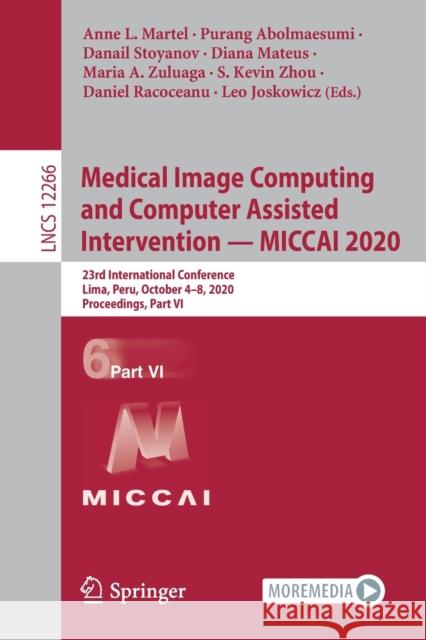Medical Image Computing and Computer Assisted Intervention - Miccai 2020: 23rd International Conference, Lima, Peru, October 4-8, 2020, Proceedings, P » książka
topmenu
Medical Image Computing and Computer Assisted Intervention - Miccai 2020: 23rd International Conference, Lima, Peru, October 4-8, 2020, Proceedings, P
ISBN-13: 9783030597245 / Angielski / Miękka / 2020 / 819 str.
Medical Image Computing and Computer Assisted Intervention - Miccai 2020: 23rd International Conference, Lima, Peru, October 4-8, 2020, Proceedings, P
ISBN-13: 9783030597245 / Angielski / Miękka / 2020 / 819 str.
cena 564,88
(netto: 537,98 VAT: 5%)
Najniższa cena z 30 dni: 539,74
(netto: 537,98 VAT: 5%)
Najniższa cena z 30 dni: 539,74
Termin realizacji zamówienia:
ok. 22 dni roboczych
Dostawa w 2026 r.
ok. 22 dni roboczych
Dostawa w 2026 r.
Darmowa dostawa!
Kategorie:
Kategorie BISAC:
Wydawca:
Springer
Język:
Angielski
ISBN-13:
9783030597245
Rok wydania:
2020
Wydanie:
2020
Ilość stron:
819
Waga:
1.17 kg
Wymiary:
23.39 x 15.6 x 4.32
Oprawa:
Miękka
Wolumenów:
01
Dodatkowe informacje:
Komentarz
Wydanie ilustrowane
Wydanie ilustrowane











